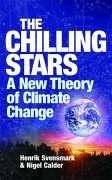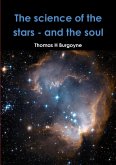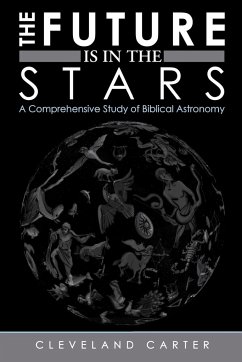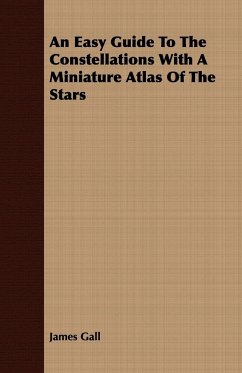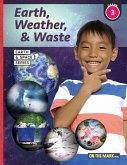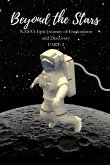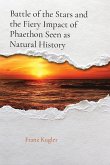The authors explain their theory that sub-atomic particles from exploded stars have more effect on the climate than manmade CO2. Their conclusion stems from Svensmark's research which has shown the previously unsuspected role that cosmic rays play in creating clouds. During the last 100 years cosmic rays became scarcer because unusually vigorous action by the Sun batted away many of them. Fewer cosmic rays meant fewer clouds--and a warmer world. The theory, simply put here but explained in fascinating detail, emerges at a time of intense public and political concern about climate change. Motivated only by their concern that science must be trustworthy, Svensmark and Calder invite their readers to put aside their preconceptions about manmade global warming and look afresh at the role of Nature in this hottest of world issues.
Hinweis: Dieser Artikel kann nur an eine deutsche Lieferadresse ausgeliefert werden.
Hinweis: Dieser Artikel kann nur an eine deutsche Lieferadresse ausgeliefert werden.

